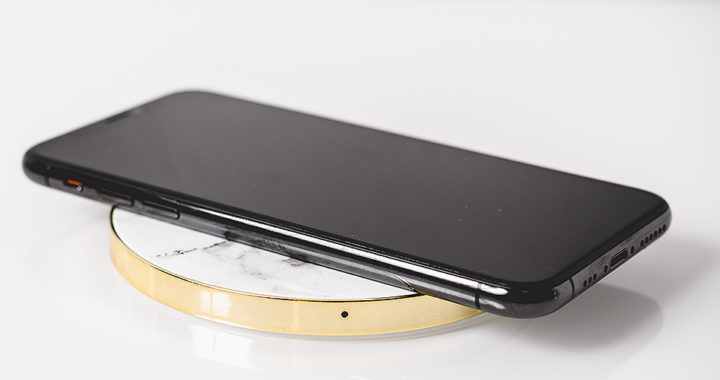Since the introduction of the Qi standard in 2010, more portable devices ranging from smartphones to wearables are starting to include wireless charging features. Note that this technology has also been used in electric vehicles, power tools, and medical devices.
Pros: Advantages of Wireless Charging
Wireless charging is a type of wireless power transfer based on electromagnetic induction that provides electricity or charges a particular device without making electrical contact with a plug or dock. The same conceptual technology is also behind specific near-field communication and induction cooking technologies.
The following are the applications and advantages:
• Low Power and High Power Application: The technology can be applied on portable devices such as smartphones, wearables, and laptop computers, which typically charge at power levels below 100 watts, as well as on larger electronic devices and appliances such as electric vehicles and hybrids, and medical equipment, among others, which charge at power levels between 1 to 300 kilowatts.
• Promotes Durability of Devices and Accessories: Remember that the technology works by powering or charging a device without electrical contact. Hence, it removes the need for plugging a cable into a charging port. Repeated plugging and unplugging could wear and tear the charging wires and the charging ports on the devices. A wireless charging implementation that magnetically and easily attaches to a device, such as MagSafe Charging from Apple, lessens wear and tear further.
• Reduced Risk of Electrical Faults: Wear and tear from repeatedly plugging and unplugging a charging cable to a port can create material damages that could increase the risk of electrical faults. Furthermore, because there is no electrical contact in charging via electromagnetic induction, the electronic components of the device and corresponding accessories are enclosed and safe from corrosive moisture and oxygen.
• Water Resistant and Dust Resistant Devices: The technology also enables the design of portable devices that are resistant to water and dust. More specifically, by removing the charging port, manufacturers can develop products that are completely sealed. Wireless charging also supports plans to introduce portless connectivity. The outer shells of high-end wearable devices have exemplified this design direction.
• Specific Medical Applications: Researchers in the fields of medicine and engineering are capitalizing further on the advantages of wireless charging by exploring specific medical applications. Currently, there are ongoing studies and experiments that are testing the feasibility of using inductive charging to power implants, sensors, and other embedded medical devices to eliminate the need for invasive corded charging.
• Dynamic Charging for Vehicles: Designers of futuristic smart cities have taken into account the widespread use of electric vehicles in their design considerations. Of course, the downside of this mode of transportation is that they need to be recharged for a considerable amount of time. Some vehicles take up to 4 hours to fully charge. Designers have considered integrating inductive charging coils on roads that would continuously charge these electric vehicles while in motion to resolve this issue.
Cons: Disadvantages of Wireless Charging
The advantages of wireless charging provide numerous applications for different use-case scenarios. However, there are drawbacks that both limit its usability and prevent it from competing head-on against wired or cabled charging.
Below are the limitations and disadvantages:
• Not Entirely Wireless: A wireless charger still requires a cable. This is especially true for portable devices. More specifically, peripheral accessories such as a charging pad need to be connected to a power source. A power bank that can deliver a charge through induction charging is an exemption. However, the fact remains that plugging in a power outlet. Freedom of movement remains limited.
• Charging Via Cable is Still Faster: Limited charging speed is a critical disadvantage of wireless charging. The entire technology remains less efficient than wired charging. More specifically, in situations in which a user needs to charge up his or her device in as fast as possible due to time constraints, charging via a cable and using a brick that supports fast charging is still the best option.
• Higher Cost and Price Points: Devices that use this technology as an add-on feature are relatively expensive because of the added manufacturing cost and complexity. Furthermore, they will also need specialized accessories such as a charging pad or mount that are considerably pricier than cable chargers. The technology requires drive electronics and coils in both the device and the accessory.
• Different Technological Standards: There are different standards used in implementing inductive charging technology. Examples include the Qi standard developed by the Wireless Power Consortium, the Open Dots standard by the Open Dots Alliance, and the Rezence standard from the Alliance for Wireless Power. The existence of these standards means that not all devices are compatible with inductive chargers.






